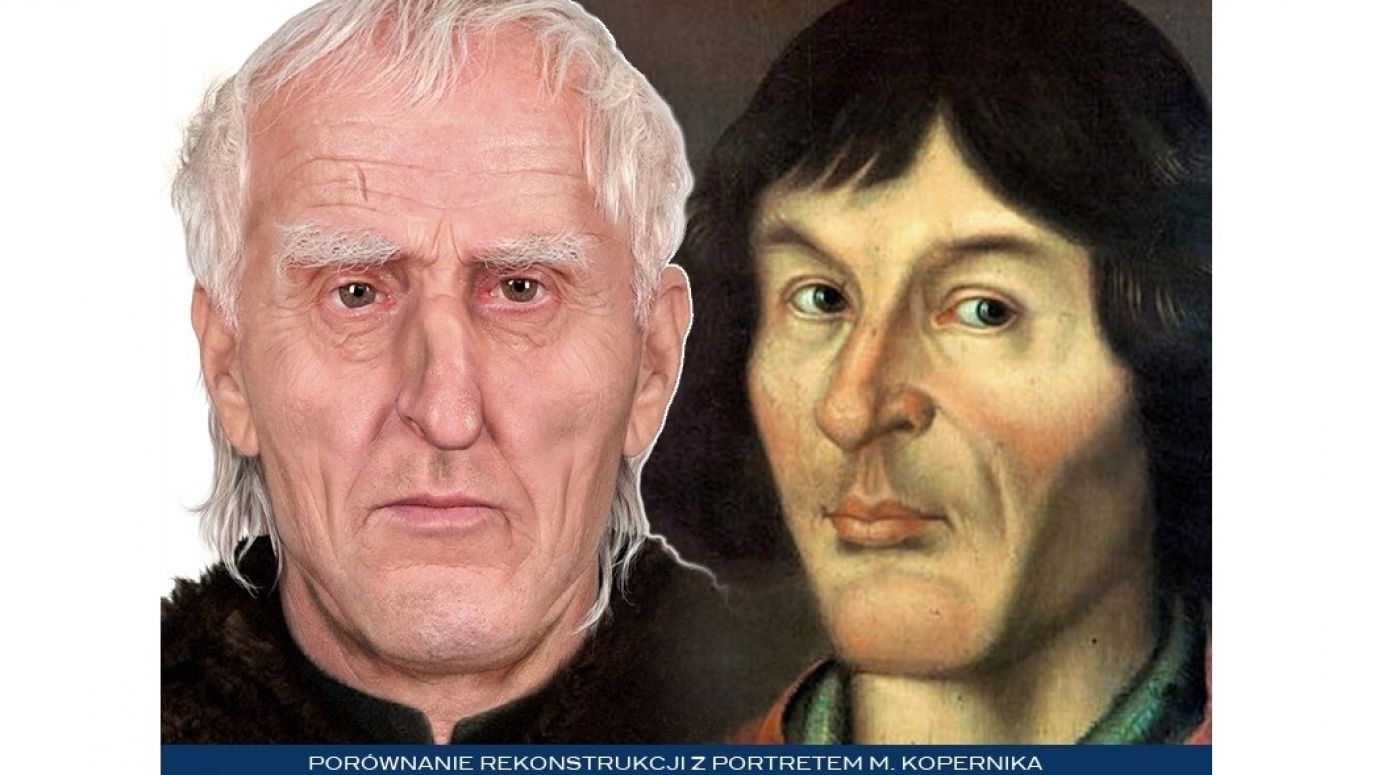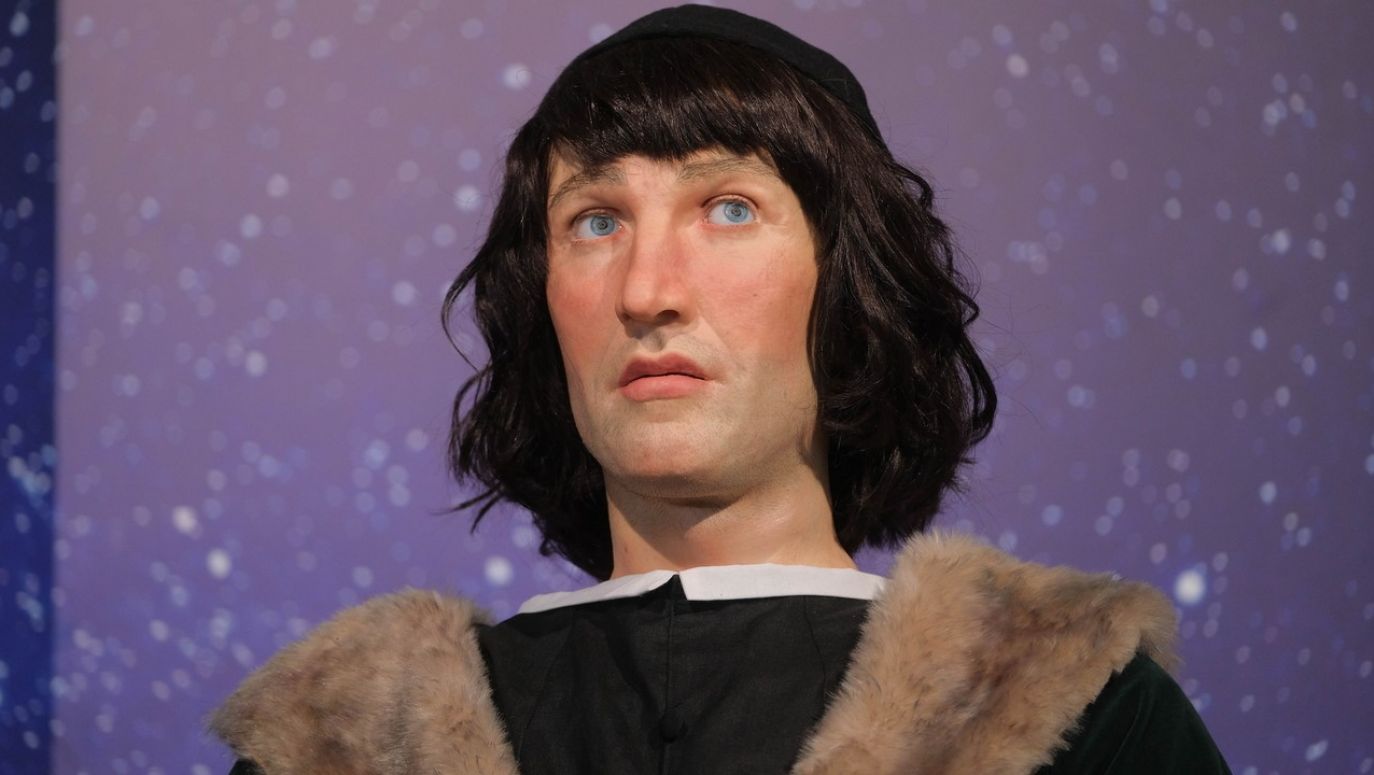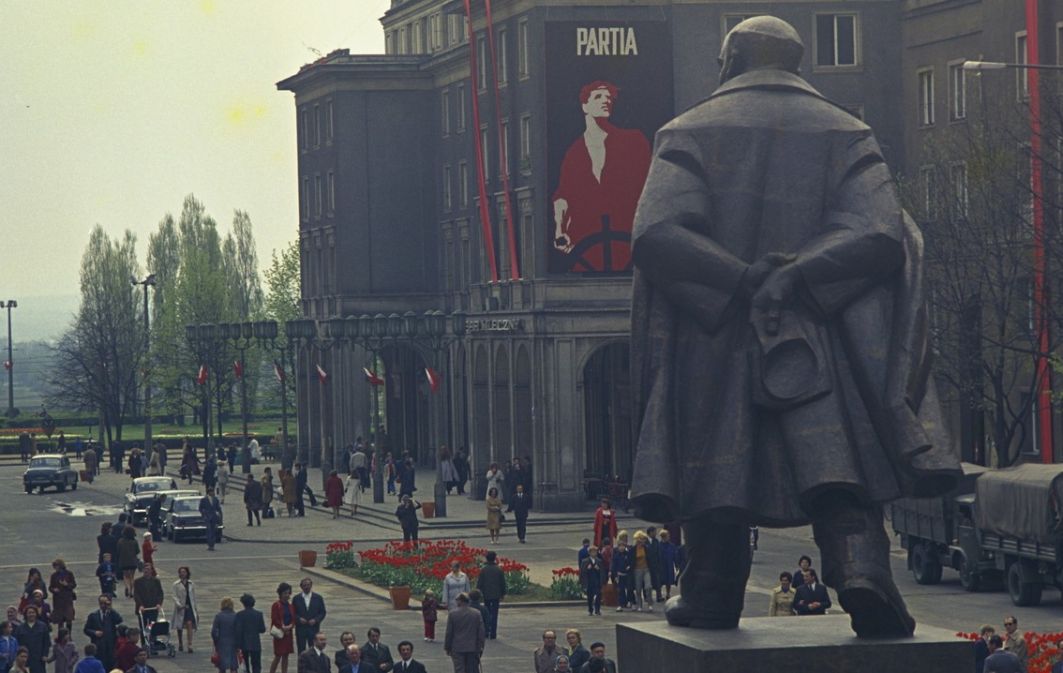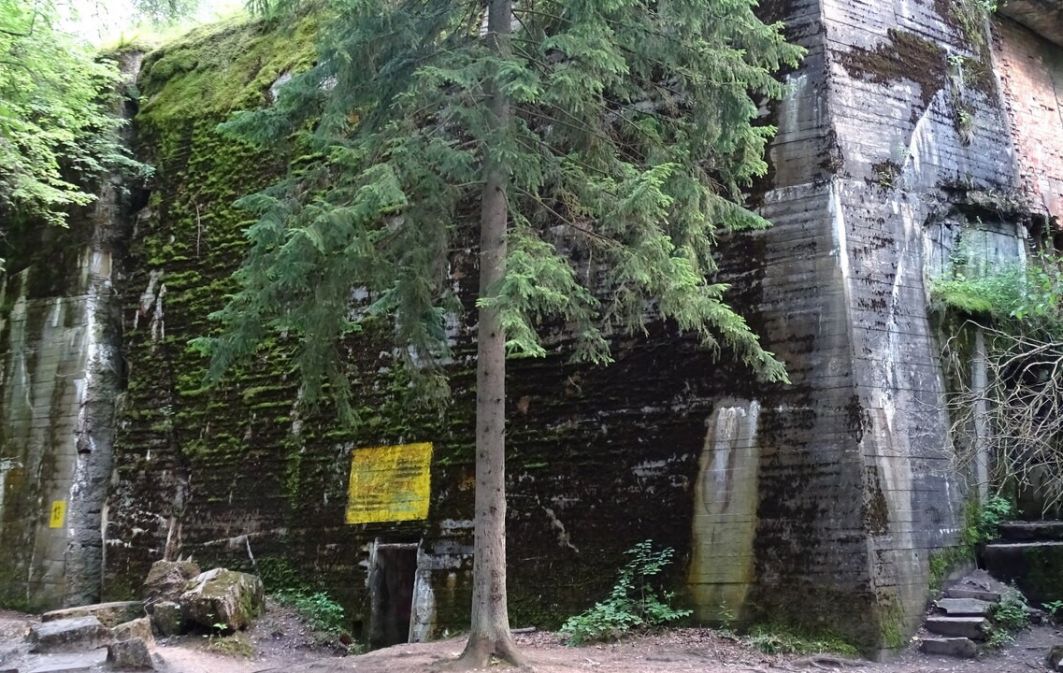Secondly, the hair DNA issue. Well, in the book, that actually belonged not to Copernicus, but to the library of Frombork canons, several strands of hair were found. There were apparently nine in total (without hair roots). Therefore, only mtDNA could be isolated from them and that only in fragments that simply allowed determination of the main haplotype rather than the full sequence. Two of the hairs did have an mtDNA haplotype identical to that of the 13/05 skull bone. However, according to Dr. Maria Aleen, who carried out the research in Uppsala, this result is inconclusive. This match, if we assume for some unknown reason that it is the hair of Copernicus, constitutes just the beginning of an individual's genetic identification. It is a bit like how blood groups can exclude paternity, but cannot confirm it with 100 percent accuracy. However, the "media fact" was that genetic tests confirmed the identity of the remains of Copernicus. Nobody so much as checked to see if these hairs didn't belong (they don't have a matching DNA haplotype) to other people who might have handled this book in the course of the last half century -- starting from its conservators from the 1970s and ending with the late Prof. Owen Gingerich of Harvard University. When he attended a conference in Cracow in 2010, he publicly stated that he personally knew five people who, like himself, had read the book at that time. It might just as well have been one of his hairs or one of theirs.
There is a high probability that we, both being from Central/Eastern Europe, have the same mitochondrial DNA haplotype since there are about four main ones for our ethnic area. So as a premise, this is not strong at all.
Prof. Kokowski has enumerated this before, and of course the probability that any of us have the same mtDNA haplotype as this skull is high. It's not a six in Lotto. The Swedish result was given as a main argument to all those who did not agree with the identification of these remains as belonging to Copernicus. There was a strong desire to succeed through this identification. This does not change the basics of the matter in the sense that in my opinion, the Frombork Cathedral is indeed the place where the grave of Copernicus is located.
All of this reflects the strong desire we [Poles] have to know about the tombs of our kings and scholars. After all, if you look at our history, the first Piasts [the first Polish royal dynasty] are missing and the last king was buried three times and we still don’t know where he lies. We always have to bring someone’s corpse home, look for someone’s grave, investigate... [Chopin’s] "body is in Pére Lachaise (the Paris cemetery) but heart in Warsaw"; [Marshall Pilsudski’s] body is at Wawel, his heart -- at Rossa [the cemetery in Vilnius in Lithuania], and no one knows where his brain is. Poland knows the phenomenon of symbolic graves. Graves and symbols are important to us because there were times when all of Poland had to move to them, somehow shrink and hide in them. So we do want to have and bury Copernicus. It's not unlike the British having Newton and Darwin lying in Westminster Abbey where everyone can see and touch their tombstones. After all, he is a scholar of the same dimensions, maybe even bigger, and certainly world-renowned. And Frombork is a small town today, with the cathedral and this grave its biggest tourist attractions. Of course, the regions has also a lot of beautiful water around. I'm a sailor so I appreciate that. We also have the Elbląg Canal and, further on, the Vistula Spit and its infrastructure.
Indeed, we don't have too many of those famous bones so when we find some we don't necessarily investigate that much if they're really what we think [or hope] they are.
Just think of the purported skull of Jan Kochanowski [the Polish Renaissance poet], which was once in the collection of Izabella Czartoryska [the Polish princess, writer and art collector] and is now in the Czartoryski Museum in Cracow. Since the beginning of the 20th century, anthropologists such as Prof. Adam Wrzosek, Julian Talko-Hryncewicz, Michał Ćwirko-Godycki and Tadeusz Derżykray-Rogalski, have been involved in heated debates about this cranium. Also, the same Czartoryski collection features a "reliquary-coffin" containing a skeleton with attached certificates confirming the authenticity of the remains as being those of Nicolaus Copernicus! At least that's what Izabella Czartoryska herself claimed. I was informed about this by Dr. Anna Lebet-Minakowska, an archaeologist and museum curator. Yet, nobody has ever been convinced to look inside this box. Actually, I should probably do it myself. Just out of curiosity.
This debate is difficult for me, because the main authors of these studies, i.e. Prof. Gąssowski and Prof. Piasecki, are no longer alive. However, science is not about sticking to existing judgments, but about searching for the truth. Nicolaus Copernicus himself, was always guided by these principles. He would probably applaud the efforts to establish the facts regarding the Frombork remains, that were reburied with great pomp and the participation of hundreds of faithful and the highest local authorities, under the leadership of the Primate of Poland Józef Kowalczyk, in the cathedral, on Saturday, May 22, 2010. The recent Olsztyn debate among our group of experts proved a great success at the Copernican Congress. Summing up, Prof. Michał Kokowski emphasized that "no conclusive evidence has been presented that the skull found in Frombork Cathedral belonged to Nicolaus Copernicus."
Let's end on a positive note: it could have turned out that "Copernicus was a woman". After all, anthropology can also prove such claims.
Well, indeed. For example, in the case of the remains of Witkacy [the Polish artist and writer], which were solemnly buried on April 14, 1988, in Pęksowy Brzyzek, antropology showed that they were the bones of a woman. The alleged "Kochanowski's skull" has also been assessed in a similar way. But that's material for another story.
– Magdalena Kawalec-Segond
TVP WEEKLY. Editorial team and jornalists
– Translated by Agnieszka Rakoczy 
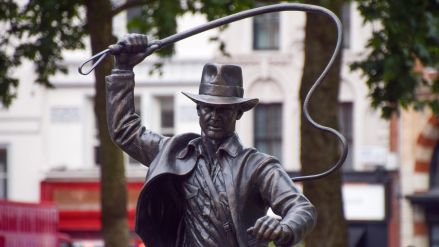
 SIGN UP TO OUR PAGE
SIGN UP TO OUR PAGE 
